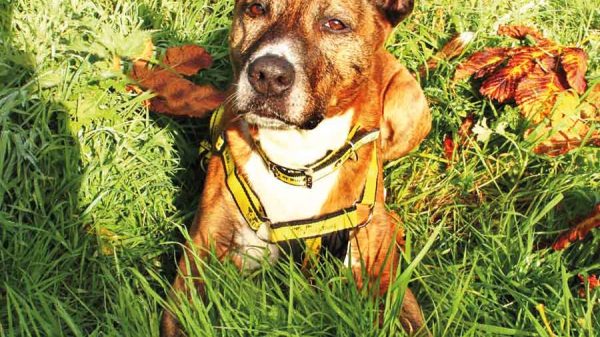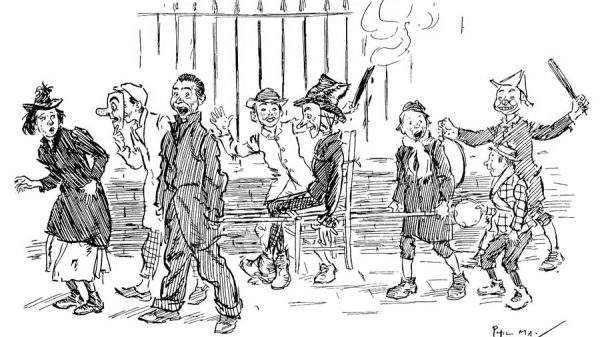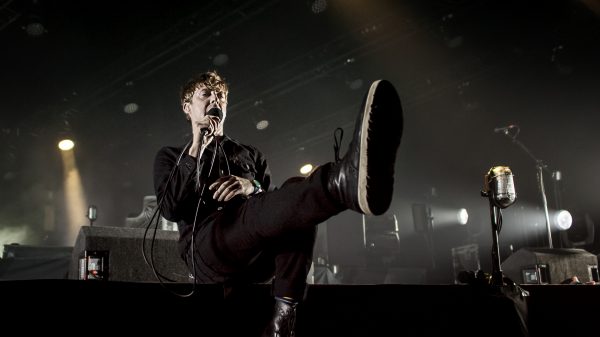Following on from my column last month where I wrote about this year’s Jorvik Viking Festival, I was lucky enough to attend the finale which closed the week of events in spectacular fashion.
The story of the finale was told in a combination of theatrical drama, music and battle re-enactment all with the dramatic backdrop of Clifford’s Tower. The creative imagining was closed by a stunning firework display from Clifford’s Tower, a fitting end to what has been a highly successful festival.
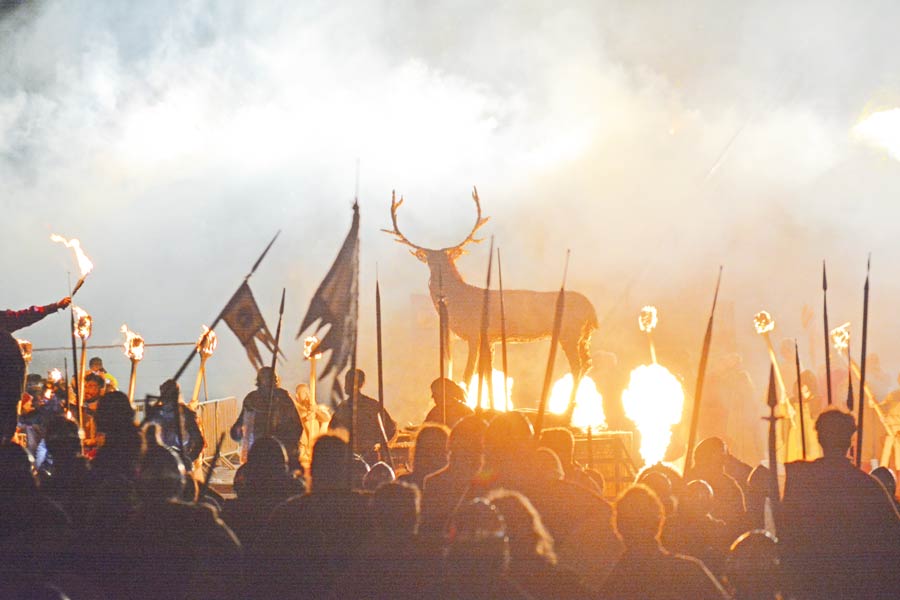
The finale told the tale of the fall of Eric Bloodaxe, a no-nonsense harsh ruler who created a lot of enemies to the point that he could no longer rule in York. He was forced out of the city on more than one occasion. After battling with Eadred, the English king, and slaughtering much of his army at Castleford, Eadred swore to destroy Northumbria in revenge. This led Eric’s people to turn their back on him to make fearful reparations to Eadred. He took over Northumbria again but was finally expelled for good in 954.
As you are probably aware, York is one of the best places in the world to visit for anybody who is interested in Viking history. The city was first captured by Halfdan and Ivar the Boneless, sons of Ragnar Lothbrok Hairybreeches (who has been made more famous recently due to the popular TV series Vikings) on 1st November 866, All Saints Day. This was following decades of raids and attacks by Viking groups seemingly with no intentions of settling. From then on, for the next 200 years it was mostly under Viking control. Many Vikings settled in York from Denmark and Norway to cultivate the land. They were farmers, fishermen and traders, and have left us a lasting footprint with the artefacts they have left behind, most famously the Coppergate Helmet.
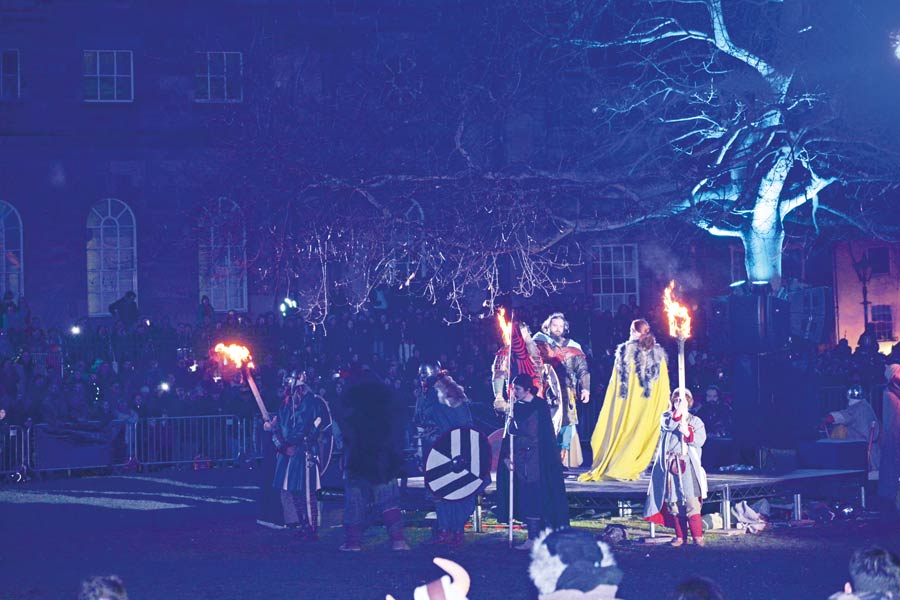
Many of the finds can be seen on display in York today. At the city’s Yorkshire Museum is a treasure valued at £1,082,000 – the Vale of York Hoard. This was discovered by two metal-detectorists David and Andrew Whelan in January 2007 and is the most important find of its type in Britain for over 150 years. The hoard contains different precious metal objects including coins, ornaments and ingots. Arriving at the museum in May is a new exhibition which will combine their own artefacts with those of the British Museum into one magnificent display. It will remain there before embarking on a tour in November so there is plenty of time to pay a visit.
If you prefer to see artefacts that show more about how the Vikings lived in York, there are plenty that have been found during the Coppergate dig – over 250,000 pieces of pottery, 5 tonnes of animal bone and 40,000 other interesting objects to be precise! Leather shoes were found, as was an almost complete iron axe head. The variety of artefacts, as well as archaeological layers found under York was substantial and eye opening, providing a real insight into what life in the city during the Viking period would have been like. Much of this was on display at the Jorvik Viking Centre before it was badly affected by the floods of 2015. The centre will re-open early next month following a multi-million pound repair and refurbishment programme.
